discover the enchanting world of thermal pools
When it comes to relaxing and cultivating wellness, nature provides a bounty of experiences — from luxuriating on the beach to camping in the wilderness to swimming beneath a waterfall. Thermal pools, with their warming and restorative qualities, offer a unique way to soak up the benefits of nature while immersed in a deeply rejuvenating experience.
Thermal pools and geothermal springs have been enjoyed for thousands of years by various cultures all over the world, and revered for their multitude of health benefits. When combined with social connection and time spent in the serenity of nature, these benefits become even more profound.
In this article we will explore a variety of aspects of thermal bathing:
- Uncovering the Science of Thermal Springs
- Bathing in Thermal Springs Through the Ages
- The Benefits of Having a Thermal Bath
- Thermal Springs on the Mornington Peninsula
- Peninsula Hot Springs: Thermal Spas Explained
- Where Can Natural Thermal Pools Be Found?
- The Best Time to Bathe in a Hot Thermal Spring
- Bath House Geothermal Bathing
- What to Expect After Bathing in Geothermal Hot Springs
- Thermal Springs Near Melbourne
- Journeying to Our Thermal Pools From Melbourne
- What to Pack to Enjoy Thermal Springs on the Mornington Peninsula
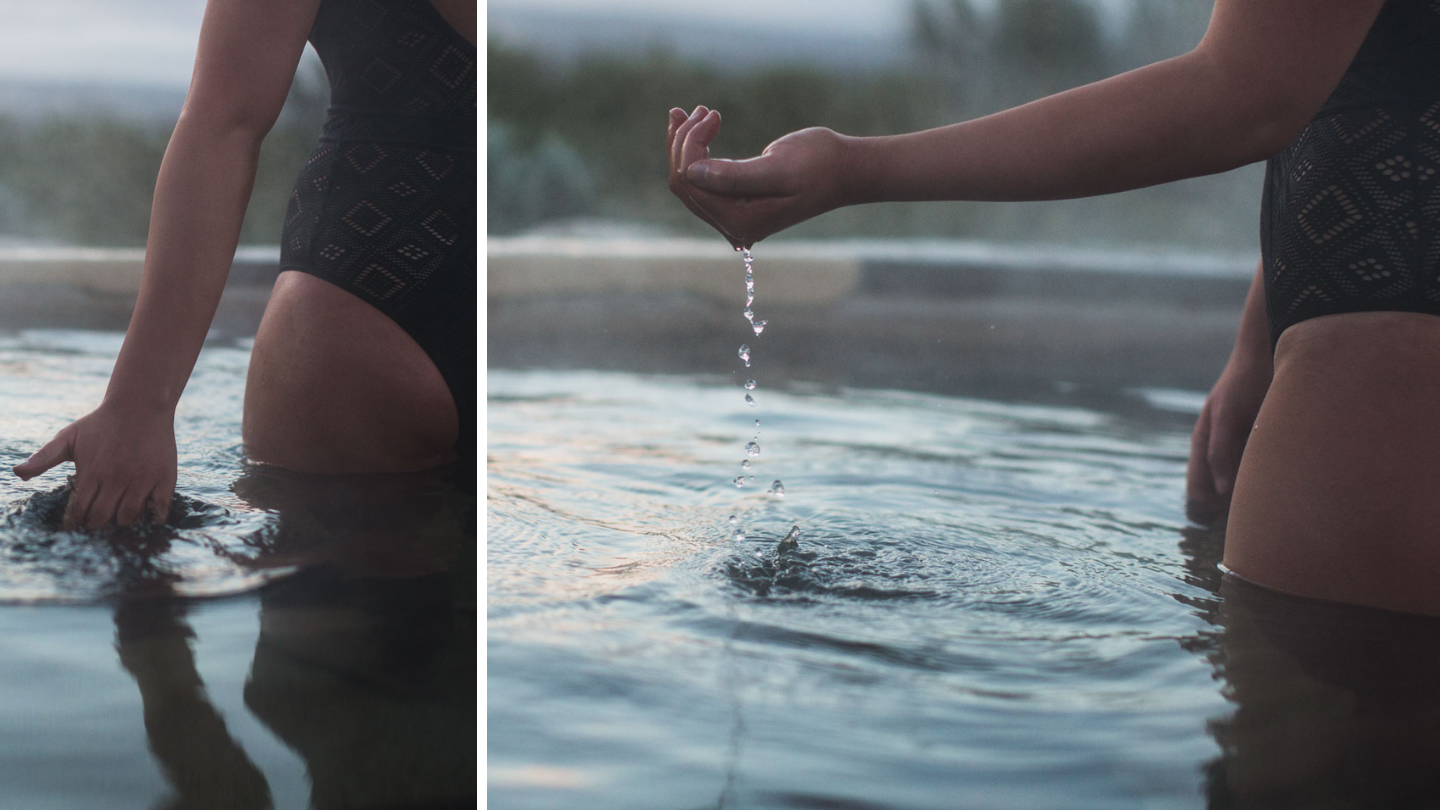
Uncovering the science of thermal springs
Thermal pools, also known as thermal springs, are a naturally-occurring phenomenon where water is heated by its closeness to the earth’s core. Thermal springs often occur in areas where fault lines or volcanic activity are found.
Most of the time, thermal springs occur thanks to fault lines in the earth’s surface, which allow water to travel to the space between Earth’s core and crust (known as the mantle). Sometimes this water will make its way (or ‘spring’) to the surface due to pressure; other times it is reached by drilling. If there is a lot of pressure, hot spring water will burst out of the Earth, which is known as a ‘geyser’.
Bathing in thermal springs through the ages
Humans have been harnessing the special benefits of bathing in thermal springs for millennia. Among the world’s oldest continuous civilisation — Indigenous Australians — natural hot springs have always played an essential and sacred role. There is evidence of Native Americans bathing in thermal springs for thousands of years also.
In Ancient Greece, public baths were decorated with symbols of the gods. After Hippocrates (the ‘father of modern medicine’) came along in 460 BCE, Grecians began to see bathing in thermal hot springs as a way to boost their physical health. The Ancient Greeks recognised the benefit of bathing in sulphur-rich thermal springs – particularly for skin, muscular and joint health. There is mention in Plato’s writings of the importance of hydrotherapy, and Hippocrates wrote about thermal and cold bathing. As well as using natural thermal springs, the Ancient Greeks also heated public baths with coal or hot stones. Bathing was often paired with saunas and massages for optimal wellbeing benefits.
The Ancient Romans were also fond of bathing, and enjoyed mineral and thermal springs. Originally these baths were used as a means of rest and rejuvenation for both healthy and injured soldiers, but eventually public and private baths became hugely popular among other Romans. Public baths could hold thousands of people at once, and legend has it that at one point, each person in Rome was using 1400 litres each for their daily bath. Like the Ancient Greeks, the Ancient Romans saw thermal bathing as a kind of medical treatment as well as a path to deep relaxation.
Bathing in thermal springs (or onsen) has been an essential part of Japanese culture for around 2000 years. Sento are public bath houses with regular heated water, while onsen (hot thermal springs containing a multitude of minerals) are often experienced as more of a special treat. Onsen guests will shower first to ensure cleanliness and then bathe naked in a private or communal thermal spring.
Over the centuries, the use of thermal baths has spread across the world and fluctuated in popularity. By the Renaissance era, beautiful gardens were built around baths in recognition of the benefit of combining the restorative effects of bathing with the rejuvenating experience of being in nature.
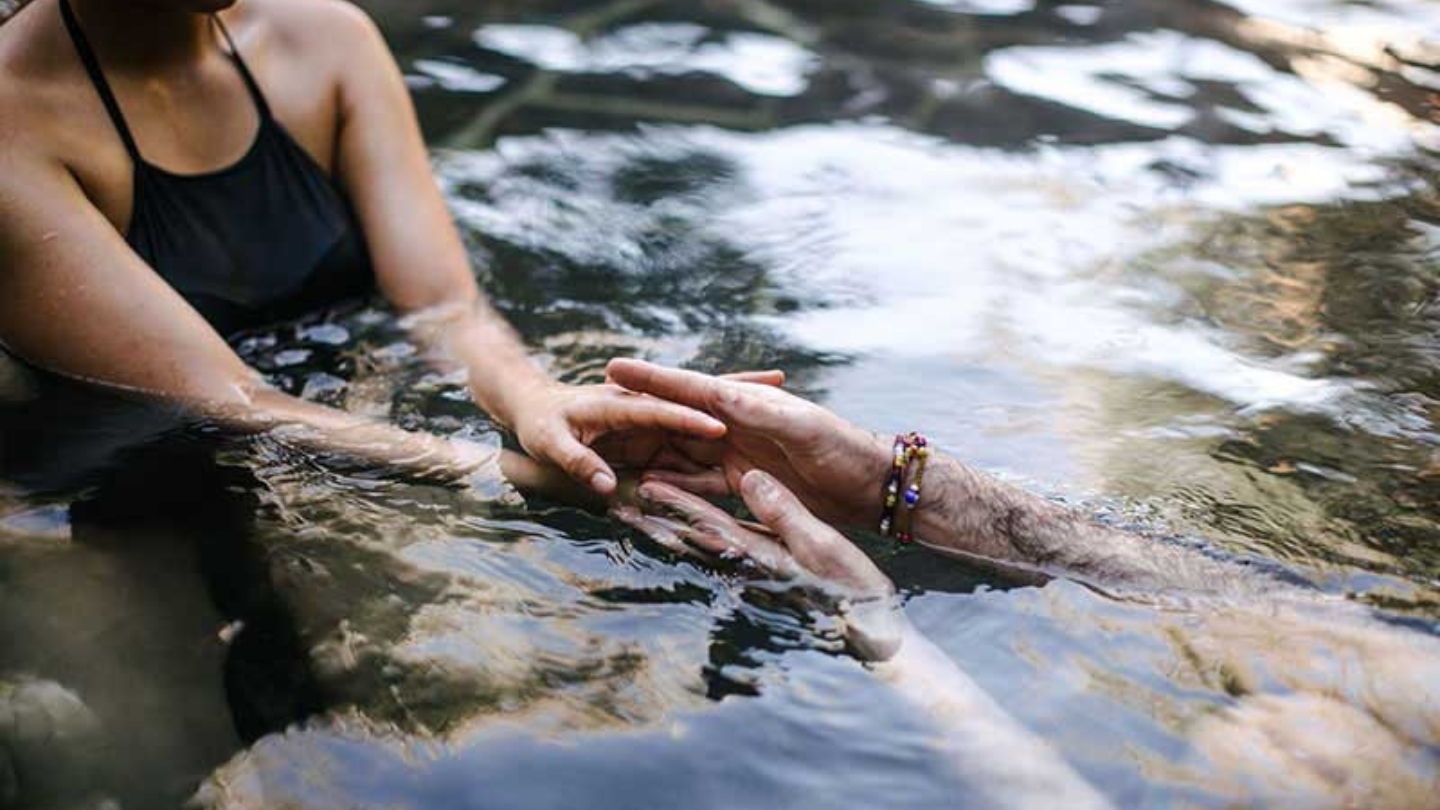
The benefits of having a thermal bath
‘Hydrotherapy’ is the name for immersing the body in water for one’s health, while ‘balneotherapy’ involves using thermal baths for their therapeutic benefits — usually with water that comes from natural springs, is over 20 degrees Celsius and contains minerals.
The benefits of bathing in thermal hot springs depend on where the spring is located, as this alters the mineral composition of the water. Bathing in thermal springs is often practised as a way to improve skin conditions such as eczema and psoriasis, ease muscular tension and joint pain, reduce the symptoms of arthritis, boost mental health, enhance sleep and lower blood pressure. These benefits are experienced through the combination of warmth and minerals.
In the rehabilitation space, balneology is used alongside massage to help treat stress, back pain, tenosynovitis, rheumatism, gout and heart disease.
Meanwhile, researchers in Europe have found that hydrostatic pressure is increased in the body while bathing in thermal springs. Thermal baths stimulate blood circulation and cell oxygenation, which can help with detoxification and digestion, as well as encourage healthy endocrine and nervous systems.
The benefits of submerging oneself in thermal pools are amplified when bathing outside among nature — a combination sometimes referred to as “ecology-hydrology”. Experiencing hot springs while breathing in fresh air and surrounded by trees connects us with our biophilic desire to connect with nature and makes for an especially grounding and relaxing bathe.
Trees have been shown to emit special essential oils called phytoncides that reduce human stress hormones, which is the basis of the Japanese practice of “forest bathing” (or shinrin-yoku).
Bathing can also be a fantastic way to connect with others away from regular routines and distractions. Social connectivity — whether you’re connecting with friends, family or strangers — offers a significant boost in wellbeing.
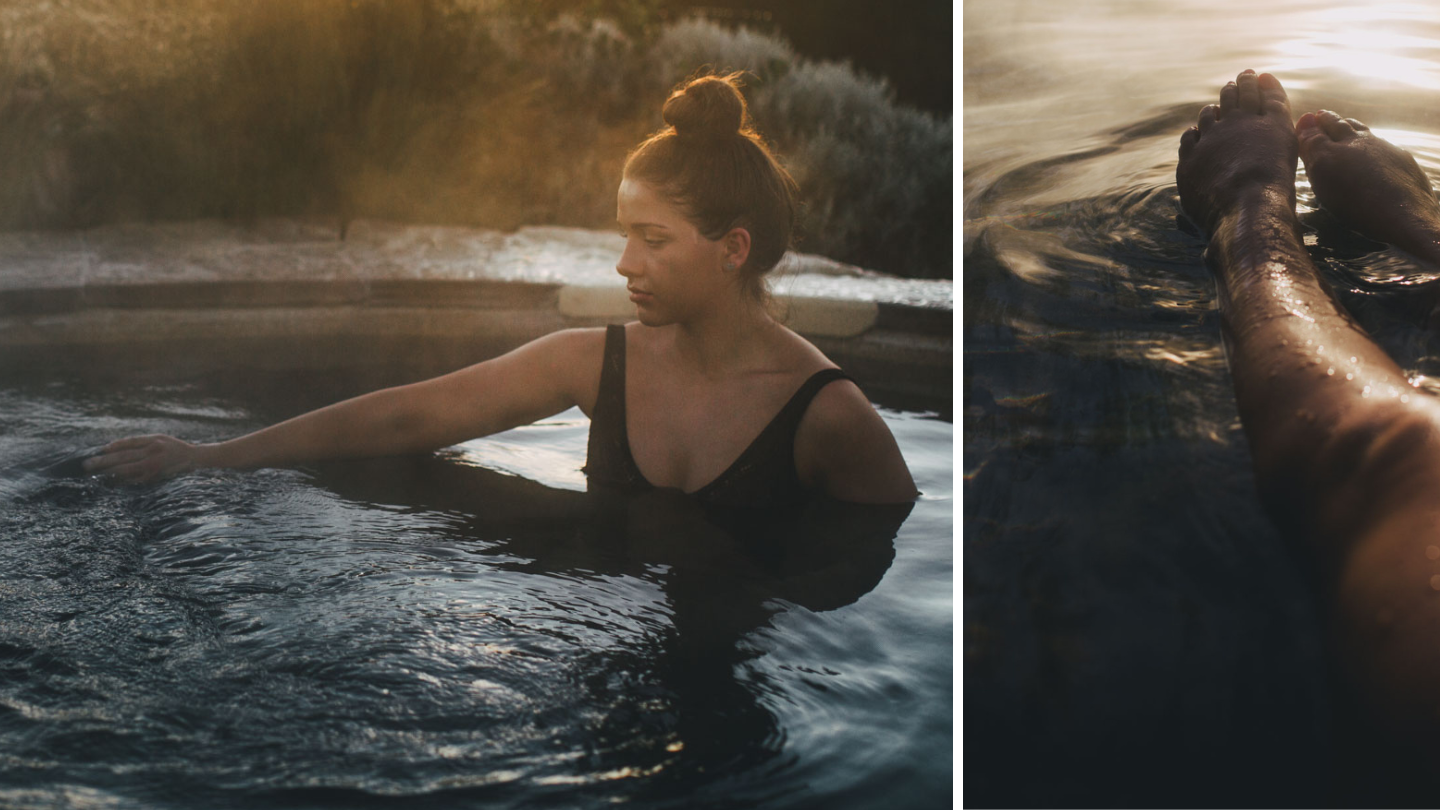
Thermal springs on the Mornington Peninsula
Bathing in thermal springs on the Mornington Peninsula is truly a unique experience. Owing to our location, our pools contain potassium, magnesium, boron and sodium. Other hot springs in Victoria have slightly different mineral compositions. Our water emerges from a filtration hot spring estimated to have been deep within the earth for more than 10,000 years, classifying Peninsula Hot Springs as a 'true mineral spring'.
In our blissful coastal oasis, we are also surrounded by remnant bushland vegetation such as tea-trees, moonahs, sheoaks and an abundance of other native and indigenous plants and shrubs — tens of thousands of which we planted ourselves — so bathing in our thermal springs is a beautifully serene way to connect with nature.
Although we are only around 90 minutes from Melbourne’s city centre, we have on-site accommodation available to book for guests who want to deepen their experience with bathing over two days.
Peninsula hot springs: thermal spas explained
Also referred to as bath houses or hot springs, thermal spas are facilities where guests experience balneotherapy as well as, in many cases, other activities such as saunas, cold plunge pools, movement classes, restaurants, retail spaces, massages and other spa treatments — all in the interest of health and wellbeing.
There are several theories about where the word ‘“spa” comes from. One theory is that it’s an acronym for the Latin phrase “sanitas per aquas”, which means “health through water”.
In addition to public bathing (which the Ancient Romans called balnea publica), private bathing (or balnea privita) is sometimes available at these facilities. While public bathing offers a way to connect with larger groups and interact with others, private bathing allows guests to connect with themselves in a meaningful way.
Peninsula Hot Springs offers outdoor private baths that can accommodate groups of up to five people, as well as indoor private bath sanctuaries for one or two people.
Our thermal spa is a world-class wellness destination with geothermal mineral pools, cold plunge pools, various saunas and steam rooms, an ‘Ice Cave’, a wellness centre for yoga and Pilates, eateries focused on flavour and nourishment, accommodation and a Spa Dreaming Centre for body treatments and facials.
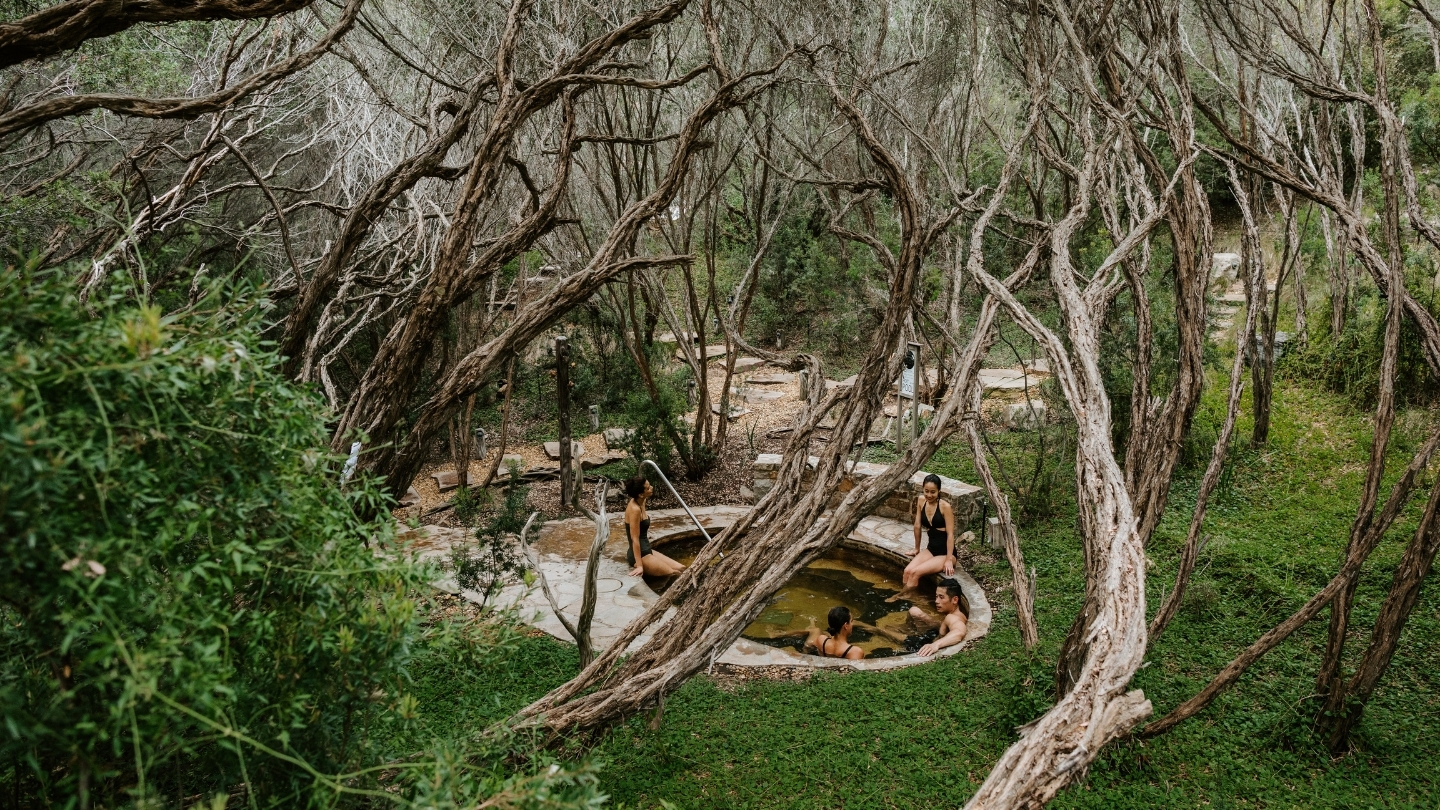
The best time to bathe in a hot thermal spring
Bathing in hot thermal springs is enjoyable any time (which is why Peninsula Hot Springs is open 365 days a year), and different times of the day or year bring their own beautiful aspects to the experience.
In Japan, bathing in a sento is often used as a morning ritual to cleanse the body and begin the day.
Morning bathing at Peninsula Hot Springs can be quite magical as the steam rises off the water. Guests who bathe in the morning often notice that they feel relaxed for the remainder of the day.
Night time bathing, on the other hand, offers a mindful way to conclude the day and unwind before bedtime — especially since bathing in hot thermal springs has been shown to help facilitate sleep. Watching the sunset, bathing in twilight or gazing up at the stars in the night sky all inspire deep enchantment.
And in terms of seasons, visiting outdoor thermal pools year-round will allow you to observe the changes in the natural world. While the landscape at Peninsula Hot Springs features only native and indigenous plants (which are mostly evergreen), some of our plants will come into flower in spring and summer.
On rainy days, our Eastern Banjo Frogs can be easily heard creating their signature “pobblebonk” sound. Rain also makes for an exceptionally refreshing bathe: while most of your body is immersed in a hot thermal spring, your face and upper body experience the cooling sensation of falling raindrops.
While hot spring bathing is often associated with warming up in winter, bathing in the summer can be invigorating (especially in Victoria, where the summer season can bring all kinds of weather). On hot days, our pools are cooled down slightly, and warm weather can be a great time to experiment with our cold plunge pools and other cold experiences.
Bath house geothermal bathing
While we offer a wide array of bathing experiences at Peninsula Hot Springs, our Bath House and geothermal bathing form our core offering.
The Bath House is a family-friendly, social area featuring over 50 globally-inspired activities and rituals — and geothermal bathing forms a large part of these experiences. Our iconic hilltop pool provides 360-degree views of our stunning Mornington Peninsula surrounds (including both Bass Strait and Port Phillip Bay), while our Japanese-style cave pool is a cosy place to sit and luxuriate. Jets in our hydrojet and watsu pools turn on every 15 minutes to massage your lower back, and the reflexology walk is a combination of Chinese reflexology and geothermal bathing.
For families, the baby baths, barrels and shallow family pool near the Bath House cafe give little ones a chance to interact with geothermal bathing in a safe and fun way. Our seven Amphitheatre pools are arranged with a view to a stage, where arts, culture performances and wellness classes operate regularly — for example, with free “Hot Spring Yoga” at 9.15am daily. Hot Spring Yoga introduces gentle stretching and balancing poses alongside the health benefits of geothermal bathing.
If you’re looking for natural thermal baths in Melbourne and surrounds, our Bath House is the perfect place to start.
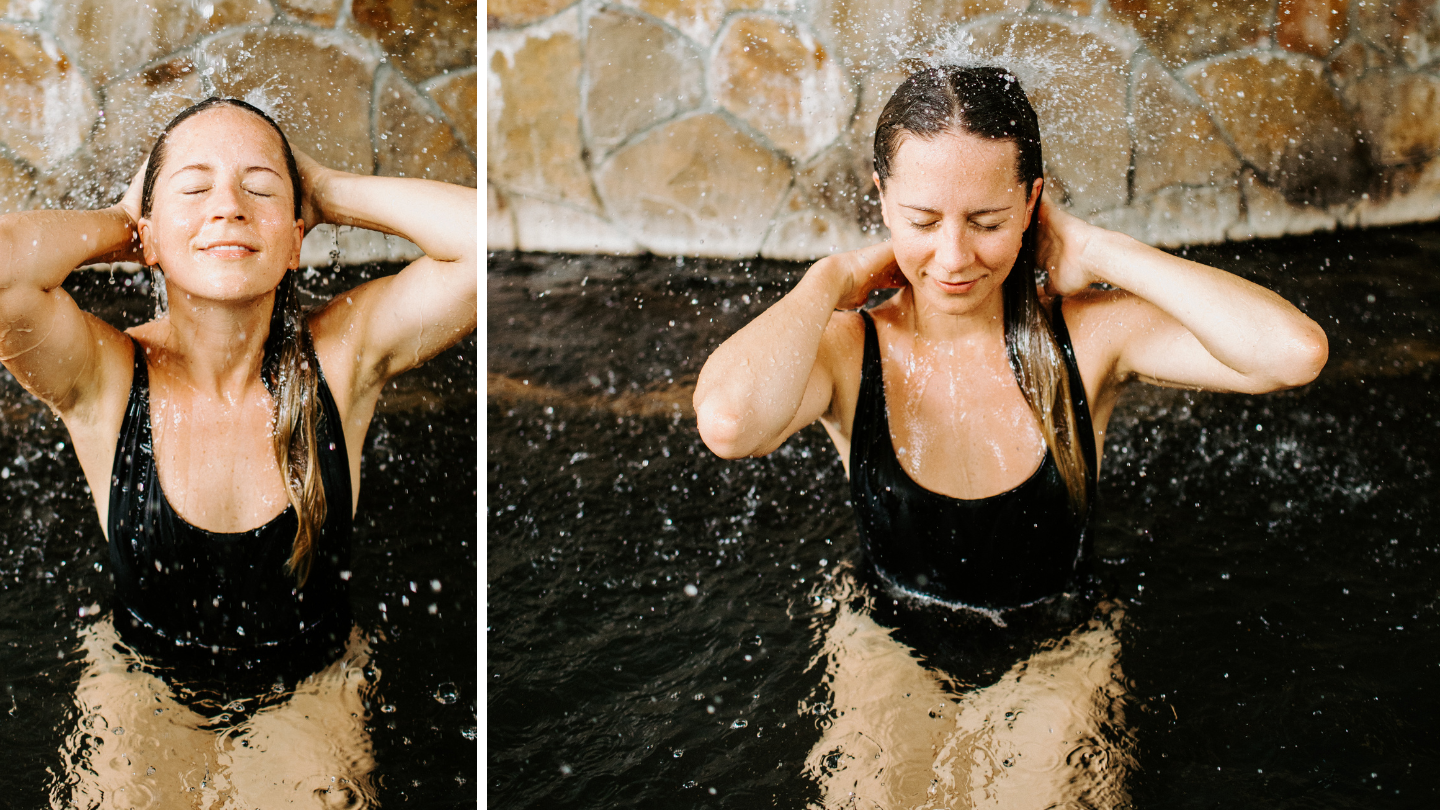
What to expect after bathing in geothermal hot springs
Your experience of bathing in geothermal hot springs will depend on how you decide to use the pools, as well as the unique state of your body and mind. Usually, when people emerge from hot springs they will feel more relaxed, their muscles will feel softer and their joints will feel more at ease.
In a survey conducted by researchers at RMIT University, 82 percent of hot springs guests reported sleeping more soundly following their visit.
The relaxation effect of bathing in geothermal hot springs is part of the reason why Peninsula Hot Springs now offers accommodation. Instead of having to drive home to Melbourne or beyond, guests can now stay overnight in our Glamping accommodation — and access bathing across two days for an even more restorative experience.
Thermal springs near melbourne
Although Melbourne is home to several bath houses, there are no natural thermal springs in Melbourne itself as the city does not sit on a fault line. Luckily, at around 90 minutes’ drive from the Melbourne CBD, Peninsula Hot Springs is one of the few true thermal springs near Melbourne. The Mornington Peninsula is a hotspot for natural thermal pools in Australia.
Journeying to our thermal pools from melbourne
We are located on the Mornington Peninsula, meaning getting to our thermal pools from Melbourne can be as quick as a 90-minute drive from the middle of the city.
Visitors can take the Mornington Peninsula Freeway, turn left at Boneo Road at the end of the freeway, turn right at Browns Road and continue along until you see the signs for Peninsula Hot Springs on the left.
Those arriving by public transport can catch a train along the Frankston Line, exit the train at Frankston station and take the 788 bus from Frankston to Rye. From Rye, you can take a taxi to our location on Springs Lane, Fingal (the taxi ride should take around 10 minutes).
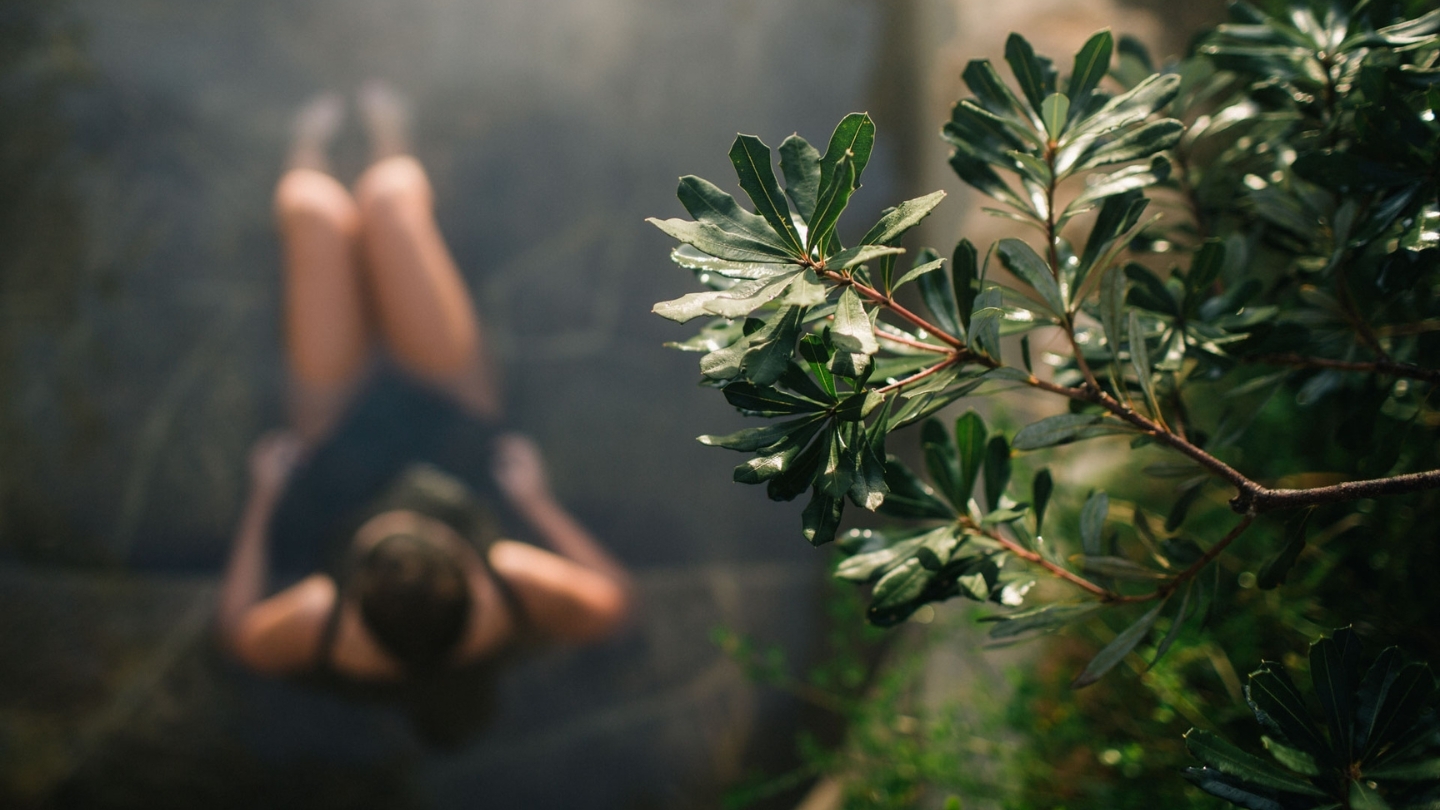
What to pack to enjoy thermal springs on the mornington peninsula
First of all, you’ll need swimwear to enjoy our hot springs. Light-coloured swimwear is best avoided as the minerals in the natural thermal springs on the Mornington Peninsula can sometimes cause discolouration. This is also true of jewellery, and therefore we recommend leaving jewellery at home.
We suggest bringing non-slip waterproof shoes such as flip flops to wear as you wander around the bathing area. You are more than welcome to bring your own towels and bathrobes — otherwise these can be hired from our reception team for a fee. A reusable water bottle is a great idea as it is important to hydrate while you bathe in thermal springs, and we have filtered water taps stationed around the facility.
You’re also welcome to bring your own food to enjoy in our picnic areas, or you can refuel with an abundant selection of snacks, meals and drinks from our on-site eateries.
Immerse in the soothing embrace of thermal pools – make your reservation
The journey through the world of thermal pools unfolds a rich history and a myriad of health benefits, connecting us to ancient traditions and modern wellness practices. From the soothing thermal springs on the Mornington Peninsula to the holistic practice of balneotherapy, these natural sanctuaries offer more than just relaxation. They are gateways to rejuvenation, melding the healing powers of nature with the serenity of the environment. As we reconnect with the timeless tradition of bathing in mineral-rich waters, we embrace a holistic approach to wellness, nurturing body, mind, and spirit. Dive into this transformative experience and discover a haven of peace and healing.
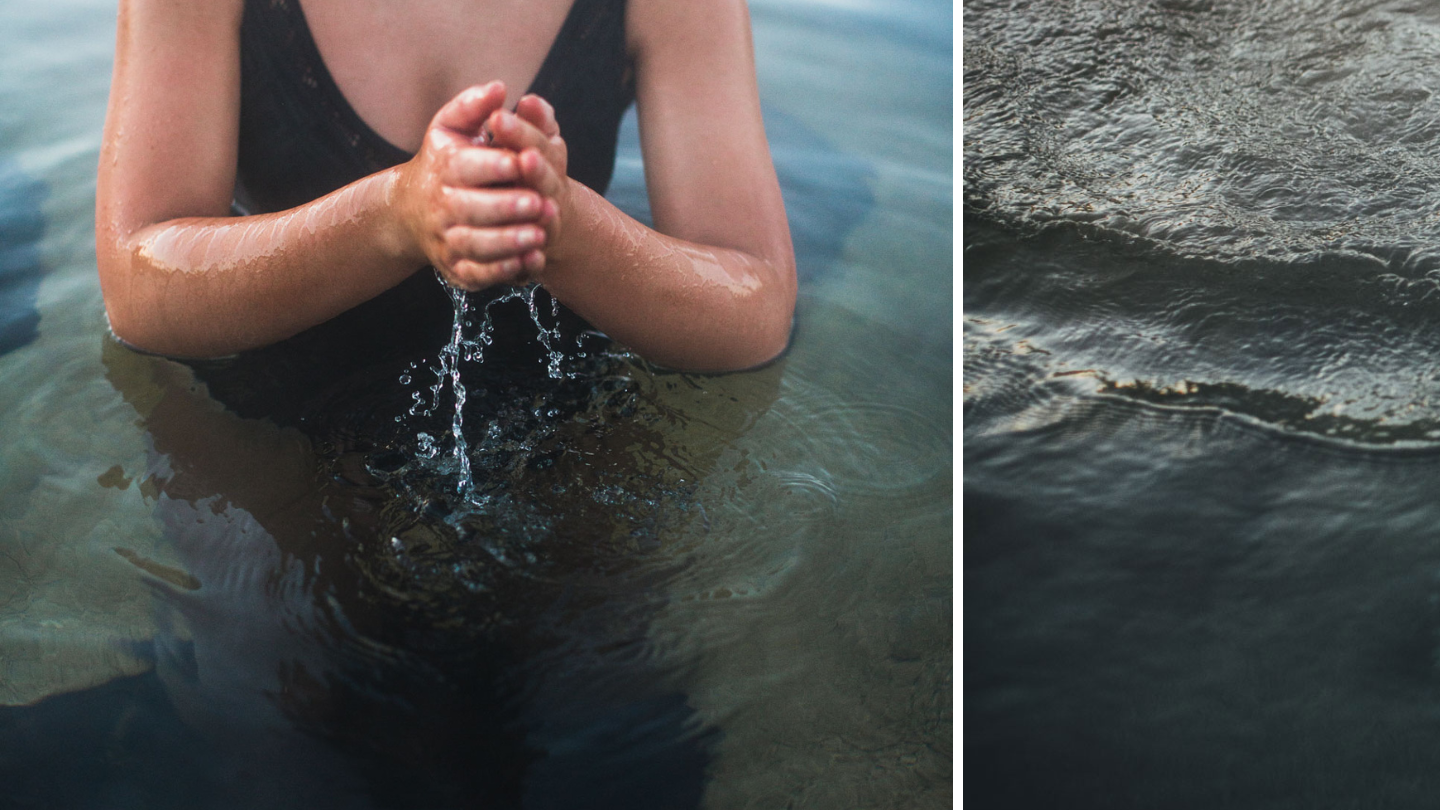
Frequently asked questions
What is thermal spring water?
Thermal spring water is water that comes from deep underground and is naturally heated due to its closeness to the Earth’s mantle. Because of the journey thermal spring water takes underground, it is rich in a variety of minerals.
Where is Peninsula Hot Springs thermal springs located?
Our thermal springs are located on Springs Lane in Fingal, on Victoria’s stunning Mornington Peninsula. Thermal springs can be found all across Australia and the world, and Melbourne’s thermal springs scene (located outside the city centre) is rich and growing.
What does thermal spring water do for our health?
Thermal spring water has a multitude of health benefits — from easing chronic pain and inflammation to improving skin health, mood and sleep. Bathing in thermal spring water also helps facilitate deep relaxation.
Is thermal spring bathing appropriate for all ages?
Bathing in thermal springs can be enjoyed by people of any age, and Peninsula Hot Springs is often visited by multi-generational groups from within the same family. Bathing is generally safe for babies from four weeks onwards, however caregivers are encouraged to monitor the comfort of their infants to ensure they are neither too warm nor too cool while bathing.




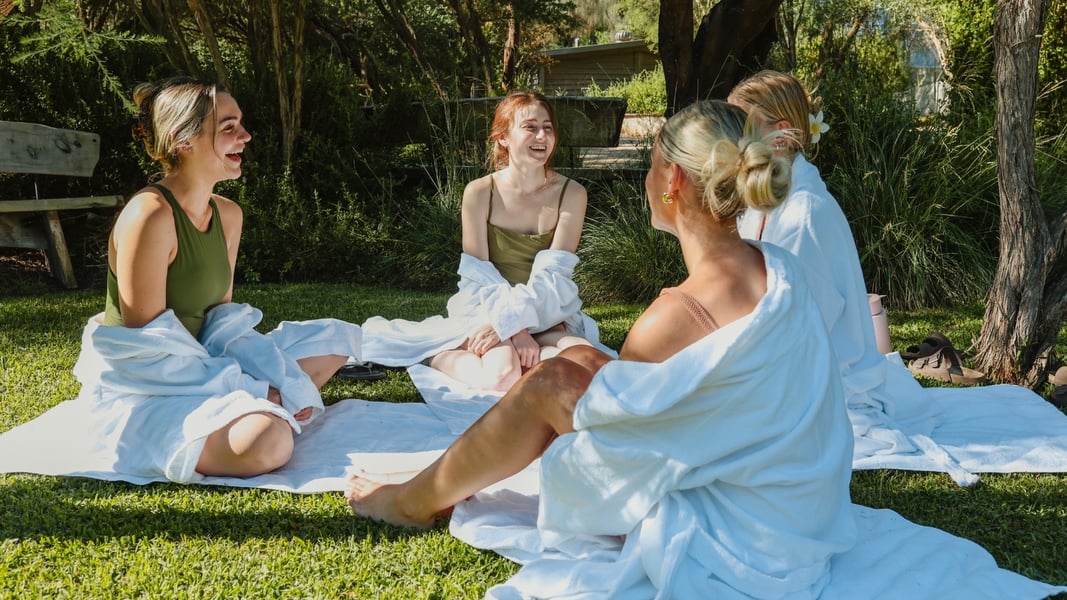
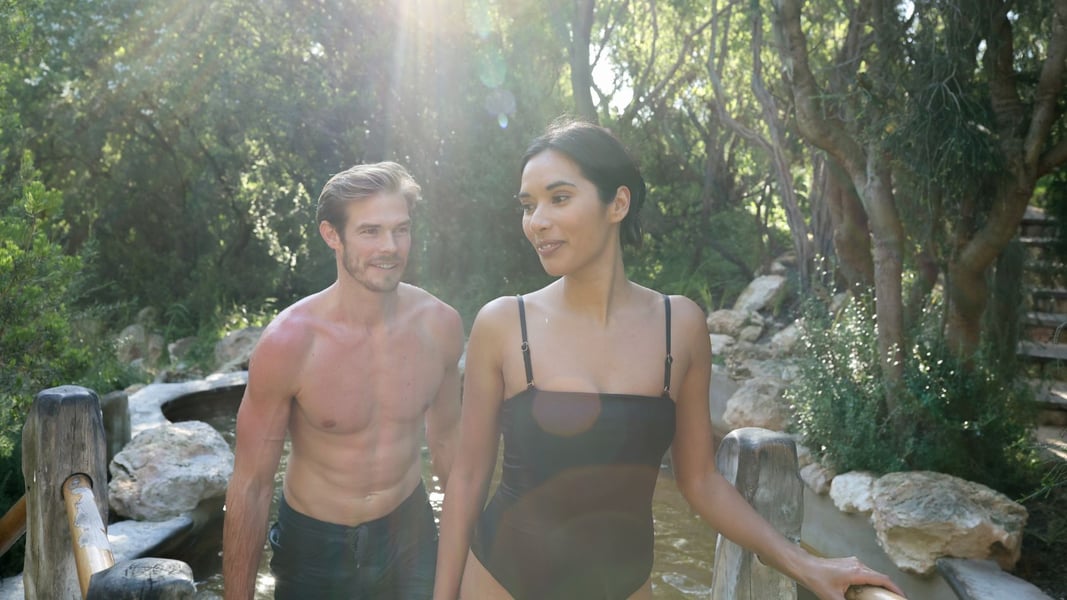
.jpg?height=600&name=PHS_HilltopPool%20(3).jpg)